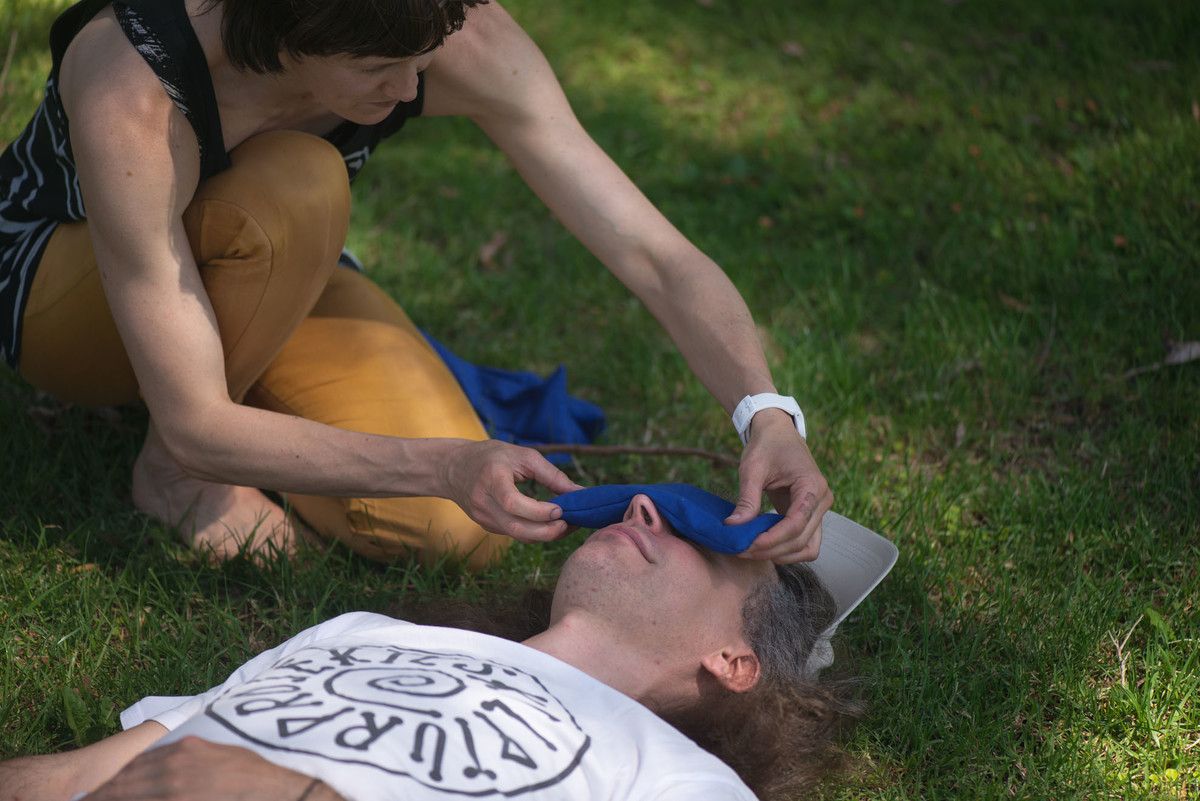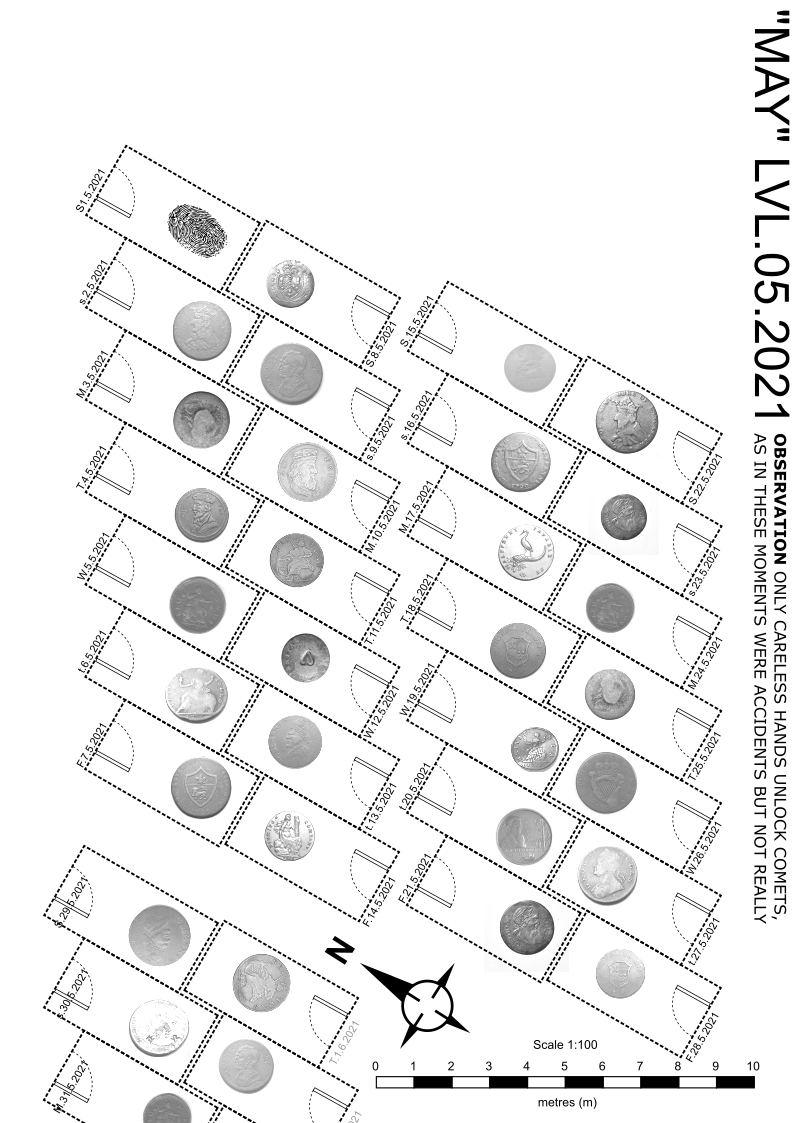Plants exist within plurality; they are part of, and themselves contain many worlds. In the course of survival in its environment, a plant cultivates relationships with various non-human others with whom it shares the earth and air. Plants communicate through these interspecies proxies, passing messages through pollen, bacteria, and along underground filaments of vast mycelial networks. Less competitive than they are collaborative, these interspecies co-operations position plant partners as important co-creators of vegetal life - and suggest that mutual aid may be as much a condition of material existence as mutual struggle.
In this program of experimental plant-listening, we attempt to model the best features of these interspecies entanglements (reciprocity, mutualism, collective intelligence) while leaving behind the worst (co-dependency, parasitism). We explore plants as sites of collective organisation, and their collaborators microbes, fungi and bees as social protagonists. With so much to say, these super-organisms suggest expanded definitions of both non-human subjectivity, and the listening—discursive, decentred, yet embodied—necessary to tune into them.
- Walon Green (US), The Secret Life of Plants, 1978, Paramount Pictures, 1m37s
- Zheng Bo (HK), Pteridophilia 1, 2016, colour, sound, 17m0s
- Marjolijn Dijkman and Toril Johannessen (NE/NO), Reclaiming Vision, 2018, colour, sound, 27m0s
- Kalle Hamm (FI), Garden of Invasive Alien Species, 2013, colour, sound, 13m30s
- Jenna Sutela (FI), Holobiont, 2017, colour, sound, 10m30s
- Katie West, Decolonist, 2016, colour, sound, 5m0s
- Scott Mitchell, Soothsayers, 2018, Feather Spear-grass (Austrostipa elegantissima), 1987, Melbourne Bitter can, RMIT Design Hub, amplification and radio circuits, Software Define Radio, monitors, EMF, size variable
Why Listen to Plants? at RMIT Design Hub – incorporating an exhibition, talks, workshops and performance programs – begins with the question of non-human agency.
Full program of events can be found here.



